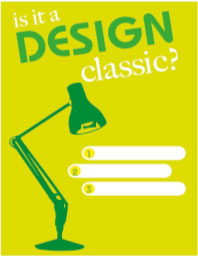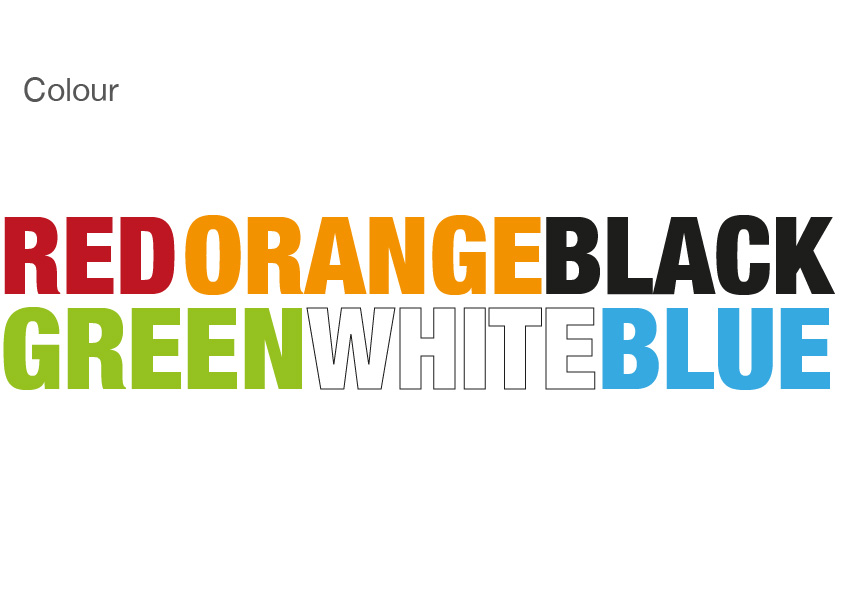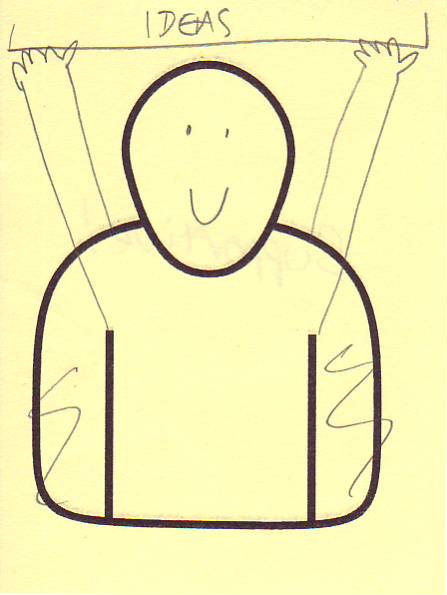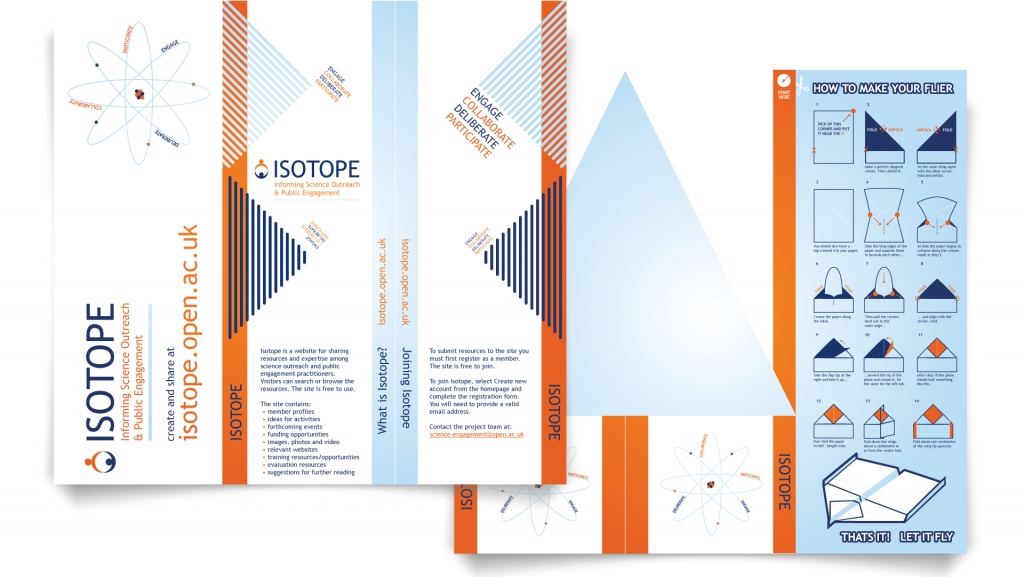Connecting young people with contemporary research
I’ve been representing engaged research, on and off, for about 10 years. Initially, this work involved Richard (Rick) Holliman and Trevor Collins who had been engaging through participatory design with a range of stakeholders to co-produce the Isotope community website. They asked me to work with them to produce a design that represented different contributions to this project. In a nod to Peter Taylor, a chemist working on the project, I designed a version of the Periodic Table. Each element in the table represents a contributor to the project.
Fast forward to 2014 and the Engaging Opportunities Project discussed in this report. Rick and Trevor were looking to work with young people to represent another example of engaged research. We worked with Mark Russell, a teacher, and six students aged between 11 and 15 from Denbigh School. Through a process of participatory design we co-produced a way of representing this project that was meaningful to the young people who were involved.
My role was to support the design process. To do this, I needed to address a number of challenges. First, I would be working with a small group of young people who I had never met and who had no previous experience of design process. Second, we wanted to offer our design team genuine opportunities to have a voice in the design process, and to make decisions about the final product. Third, we had limited time with the students; the slots ranged from 20 to 40 minutes.
We held informal teaching sessions over lunch at intervals over a period of a school year with our student volunteers. My role was to scaffold the students’ understanding of the design process. Specifically, I developed and provided three activities all aimed at stimulating design thinking, by inviting the students to consider: 1) What constitutes a design classic?; 2) How can we use shape, colour and form? 3) and How does the interplay of images and text influence how ideas are represented?
Initially, we worked to establish rapport with the students. We showed them some of the designs from Isotope, and Rick offered an initial suggestion for how the project could be represented. However, he was very clear to the students that the final product would be of their choice. They took him at his word. Rick’s initial ideas never saw the light of day again.

The purpose of the next activity was to ensure our students shared a broad notion of what constituted design. ‘What constitutes a design classic?’ fell into two parts, a brief introduction to three different design objects in silhouette. The participants worked in one group and had to identify the obscured objects. Upon identification I talked about each item. This was followed by a discussion regarding the relative merits of the objects which were: an angle-poise lamp, a stacking chair and a Nike logo swoosh.
The free-flowing conversation provided a platform for the students to begin to critique designs – a valuable aspect of the design process where everyone is free to contribute critical thinking about a group of objects which could be considered mundane or exciting but that all demonstrate design thinking. The students began to display independent thinking and were able to draw upon an impressive range of anecdotal conjecture on the topic of design.

The next activity involved a brief introductory lecture on the topic of colour and shape. In this activity I wanted to augment the open conversation from the previous activity with something more structured and practical. Colour is said to have associations, but these associations varydepending on local factors leading to cultural differences on how colour is ‘understood’. We discussed some of these differences.We also considered how primary shapes: a circle, a square and a triangle naturally infer certain qualities and how we – as designers – can use these inferences.

In a series of linked activities involving students and researchers I introduced sketching to the design process. It is important for designers to be able to communicate their ideas but there are no rules as to how this can be achieved. So as to avoid alienating anyone in the group who disliked drawing I produced a template of blank avatars. The students were asked to represent what they would like to see in an OU researcher when they engaged with students, by writing a keyword and annotating the avatar. (A group of researchers also conducted this activity, the results ofwhich were shared with the students.) Constraints such as these can go either way. They can suffocate creative thinking or be a fulcrum for ideas.
After these sessions were concluded we consulted with the students about what they thought would be a suitable way to represent the project. We wanted them to have a think about the problem in readiness for our next session. None of us had any idea what might transpire from our sessions, although we assumed it might involve a logo or a poster of some kind.
Over the following sessions the students formed an agreement for their design. They worked through options on colour and text withthe final output being wristbands with specific words marked ontothe wristbands to echo sentiments derived from the activity with the avatars. My input was to maintain a tempo to their process and their design thinking by questioning their decisions and listening to their reasoning.
We discussed the outcome with Mark and the students during a reflective session on the experience of working collaboratively. I don’t think any of us could have anticipated the outcome – it was a genuine product of participatory design thinking by the students and thus, I would argue, an example of successful engagement.
Learn more about this project at Engaging Opportunities
